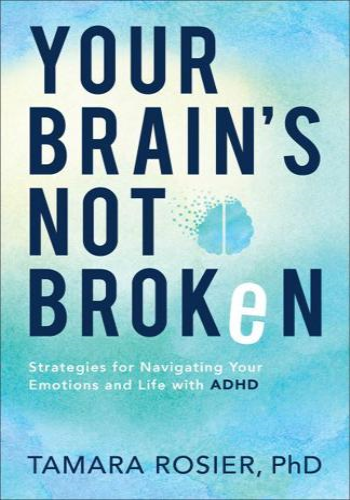Sunday Business Post Book of the Year
Blindboy Boatclub is one half of the Rubberbandits, Ireland's foremost satirist and now the talented author of a collection of brilliant short stories and visual art. Published to critical acclaim, his first collection is powered by big themes and even bigger ideas.
There are stories about a van fuelled by Cork people's accents, Tipperary's first ISIS recruit, a sexually aggressive banshee and a fridge dragged heroically through the streets of Limerick.
The Gospel According to Blindboy questions and challenges the complacencies and contradictions at the heart of modern Ireland. Whip-smart, provocative and animated by his unmistakable dark wit, it is one of the most original collections of short stories to emerge in recent years.
'Mad, wild, hysterical, and all completely under the writer's control - this is a brilliant debut.' Kevin Barry
'There is genius in this book, warped genius. Like you'd expect from a man who for his day job wears a plastic bag on his head but something beyond that too. Oddly in keeping with the tradition of great Irish writers.' Russell Brand
'If you've ever witnessed (there's no other word for it) a Rubberbandits video you'll be anxious (there's no other word for it) to read this collection of short stories from one of the originators. I hesitate to use the word author as the experience is as close to reading a traditional short story as being burnt by a blow torch. Essential, funny and disturbing.' Danny Boyle
'One of Ireland's finest and most intelligent comic minds delivers stories so blisteringly funny and sharp your fingers might bleed. In language so delicious you can taste it, we're shown holy and unholy Ireland: a land of lock-ins, nettle stings, stone-mad Cork birds, gas cunts and Guiney's jeans. No one is safe - we all have the unmerciful piss ripped out of us and there's no escape from the emotional gut punches, expertly dealt.' Tara Flynn
'Demented, dishevelled and deeply surreal - Blindboy Boatclub's book will shock and delight.' Irish Independent
'It's not for the faint-hearted.' Joe.ie
'You won't be disappointed. It will take you to places unexpected.' Ryan Tubridy







